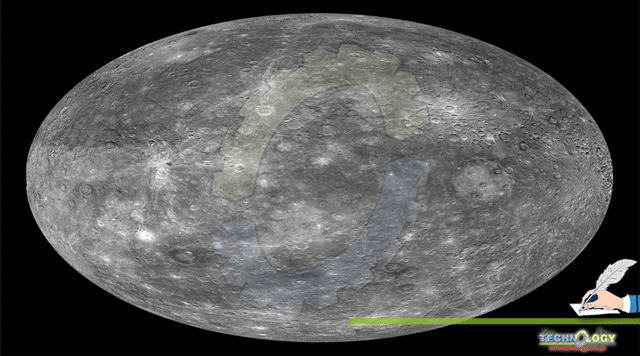Writer: Laraib Ehtasham (Environmentalist, creative writer and academic writer)
Sun is one of the billions of stars present in our galaxy (Milky Way). Apart from the massive sun, our solar system constitutes of 8 major and 5 dwarf planets; each of which have its own distinct features and conditions. However, here arises a question that if we can move to another residential area, city, state or country; then why can’t we move to another planet? Let’s ponder upon this `until you reach the end of this narration

Mercury and Venus are among those planets that are nearest to Earth. Mercury is not only the nearest planet to the Sun but also to the Earth. Although Venus is apparently closer neighbor of Earth as compared to Mercury, yet Mercury remains closest to Earth for more duration of time. As far as conditions on Mercury are concerned, it has intense solar radiation due to being close to Sun. Therefore, this planet experiences a very high day temperature of 430°C (800°F). Interestingly, Mercury is not the warmest planet of our solar system, even though it is closest to the Sun. The reason is the absence of its atmosphere due to negligible concentration of gas molecules around it, due to which its night temperature drops down to 180°C (-290°F). In fact, Venus is the warmest planet of our solar system having the surface temperature of 475 ºC (900 ºF). This temperature is so high that it can even cause melting of lead. The reason of this extreme temperature is its heat-trapping atmosphere that is mainly constituted of carbon dioxide, which is a strong greenhouse gas. Along with this, clouds of sulfuric acid are also present on this planet. Well, if you are thinking that extreme temperature is the only harsh condition on Venus, then you are wrong. In fact, extreme air pressure is another harsh attribute of this planet, which is estimated to be 90 times of Earth’s air pressure. Scientists explain this with an example that this pressure is so high as if you are a mile below any Earth’s ocean. Eventually, these all aforementioned factors make nearest neighbor planets (Mercury and Venus) totally uninhabitable for human beings.
On the other hand, our very own ‘residential’ planet Earth has ideal temperature, pressure and other features, which are suitable for sustaining human life. However, these ‘ideal’ conditions are being disturbed. For instance, global warming and climate change are among those adversities that are disturbing the intrinsic and natural setting of Earth. From the past few decades, Earth has gone through a rise in temperature of almost 1 ºC (0.8 ºC to be precise). Consequently, climate patterns are changing, which has elevated the frequency of extreme climatic events. That is why many regions of the Earth are either facing frequent floods or prolonged drought. The evident changes in global climate, which are intensified by the anthropogenic activities, have resulted in a multitude of adverse impacts. Along with this, rise in the concentration of pollutants in water, atmosphere and soil (mainly due to rapid industrialization and urbanization) is another menace which is deteriorating the environmental components of Earth. These impacts are not only harmful to ecological and environmental spheres but also to socio-economic spheres. Therefore, this increase of one degree may seem negligible, but it is actually creating havocs on our planet.
So, now you know that there is no other ‘feasible’ option of any other planet that can be inhabited by human beings. Then why not protect our beloved planet Earth from such adversities that are creating imbalance in the Earth’s natural setting. Let’s try to bring changes in our activities and let’s get together for the cause of protecting Earth from all such environmental issues.
Writer: Laraib Ehtasham (Environmentalist, creative writer and academic writer)
(From Quetta, Pakistan)